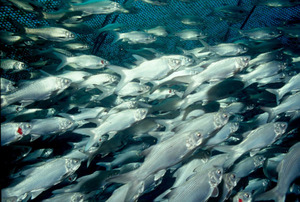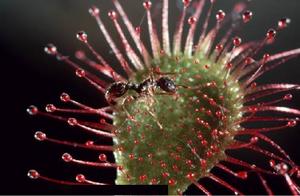The Problem with Commercial Fish Farming
I came across a rather disturbing article a couple of weeks ago that stated if current trends continue, then all fish in the world’s oceans will be gone by 2050. Whether or not that is an accurate assessment, the fact remains that over-fishing and pollution are posing an ever-increasing threat to commercial fish populations. In ...

